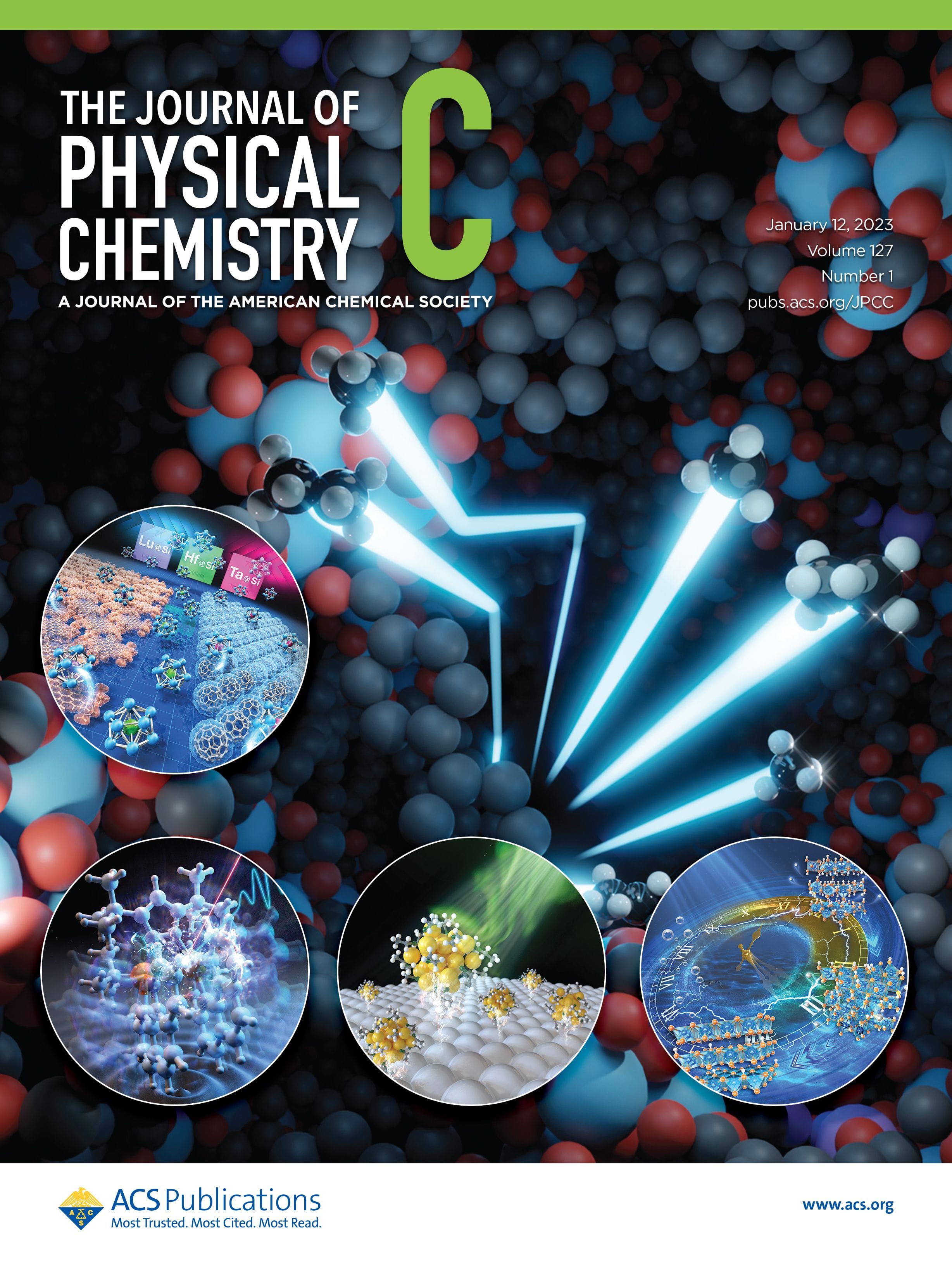Contact electrification—the proper name for what’s commonly called ”static electricity”—happens when two surfaces are brought together then separated. Any child who has ever rubbed a balloon on her head then watched as strands of hair rose up is familiar with it. Despite its familiarity, there’s very little scientific understanding of the mechanisms behind the phenomenon. […]

Contact electrification—the proper name for what’s commonly called ”static electricity”—happens when two surfaces are brought together then separated. Any child who has ever rubbed a balloon on her head then watched as strands of hair rose up is familiar with it. Despite its familiarity, there’s very little scientific understanding of the mechanisms behind the phenomenon. Now one group of researchers has deepened the mystery, discovering that surfaces often don’t charge as expected. The team finds that when certain inorganic materials are brought into contact, both surfaces can develop the same charges instead of producing opposite charges.
Contact electrification forms the basis of technologies as old as photocopying and as new as nanoelectric generators. It even plays a role in how sandstorms form and has been known to cause equipment jams and explosions in industrial processes. When a pair of surfaces makes contact and separates, the law of conservation of charge says that one surface ought to become positively charged while the other becomes negatively charged. But in the new study, researchers at the National University of Singapore found that with certain pairings involving inorganic materials, both surfaces take on the same charge, either both positive or both negative. “Our results do, at least initially, seem to contradict theory,” says Siow Ling Soh, a chemical engineer at NUS.
The team had been studying the fundamental mechanism of contact electrification and so were testing inorganic surfaces, some coated with organosilane functional groups. “We were constantly getting results that we could not understand,” Soh says.
They found that when they brought together two pieces of mica, both took on positive charges. The same was true of silicon, sodium chloride, aluminum oxide, magnesium aluminate, zinc selenide, and potassium bromide. When they brought together two pieces of quartz or calcium fluoride, both surfaces charged negatively.
They also found that touching mica to the other positively charging inorganic materials or to organic surfaces, such as mica coated with organosilane groups or a sheet of polyethylene glycol diacrylate, left both surfaces with positive charges. When quartz contacted calcium fluoride, polystyrene, or polyvinyl chloride, both surfaces charged negatively. Touching quartz to mica, however, resulted in negatively charged quartz and positively charged mica.
Further investigation revealed that charge conservation was maintained: Initially the same-charging surfaces took on opposite charges, but the polarity of one would flip approximately one second later for most pairings. “We do not fully understand the mechanism,” Soh says. “Because we found changes in the chemical composition of the surface of the inorganic materials after leaving the materials in air, we believe air is involved in the switch of polarity.” The researchers plan to investigate the process further.
Daniel J. Lacks, a biochemical engineer at Case Western Reserve University, says the paper “is an exciting new finding that will open new doors towards understanding contact charging.” Scientists generally can’t predict the direction of charging based on material properties and don’t even know what is being transferred—electrons, ions, or bits of material—to generate the charge, he says. It may be, Lacks says, that adsorbed water is becoming ionized and carrying charge. Understanding how the process works could lead to better designs of devices that use, or want to avoid, such electrification.
Last year, Lacks and his colleagues used molecular dynamics simulations to predict charge distributions in water confined between layers of quartz and alumina. “I think that the experimental findings of Fang, et al., are a manifestation of the phenomenon we described in our theory paper,” he says. Soh agrees that humidity in the air may play a role, but doubts that it’s the only mechanism involved.
This article is reproduced with permission from C&EN (© American Chemical Society). The article was first published on June 11, 2018.
